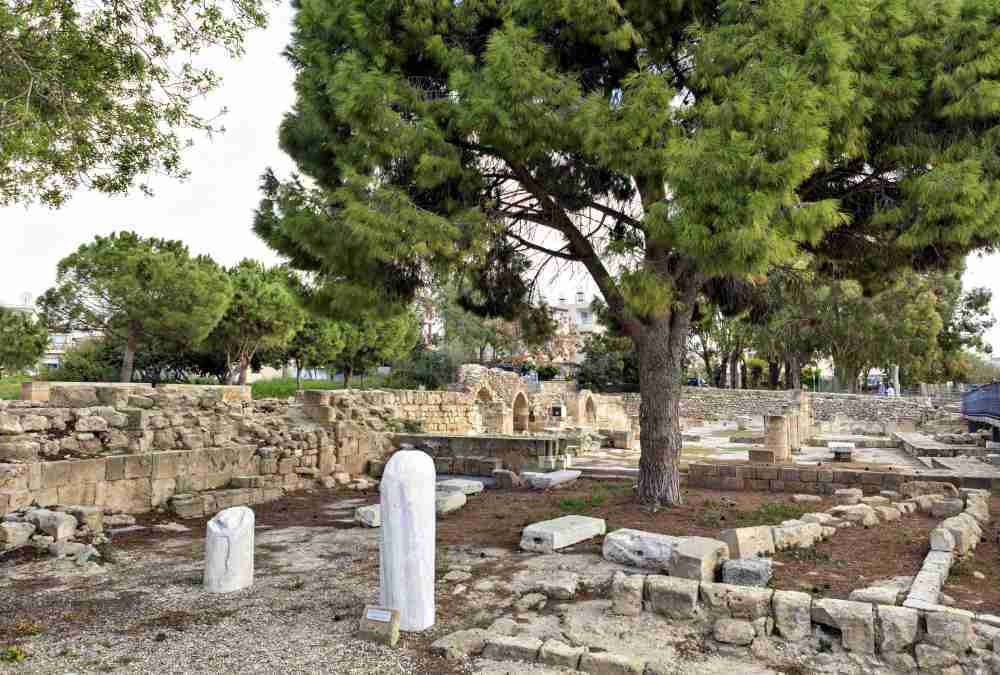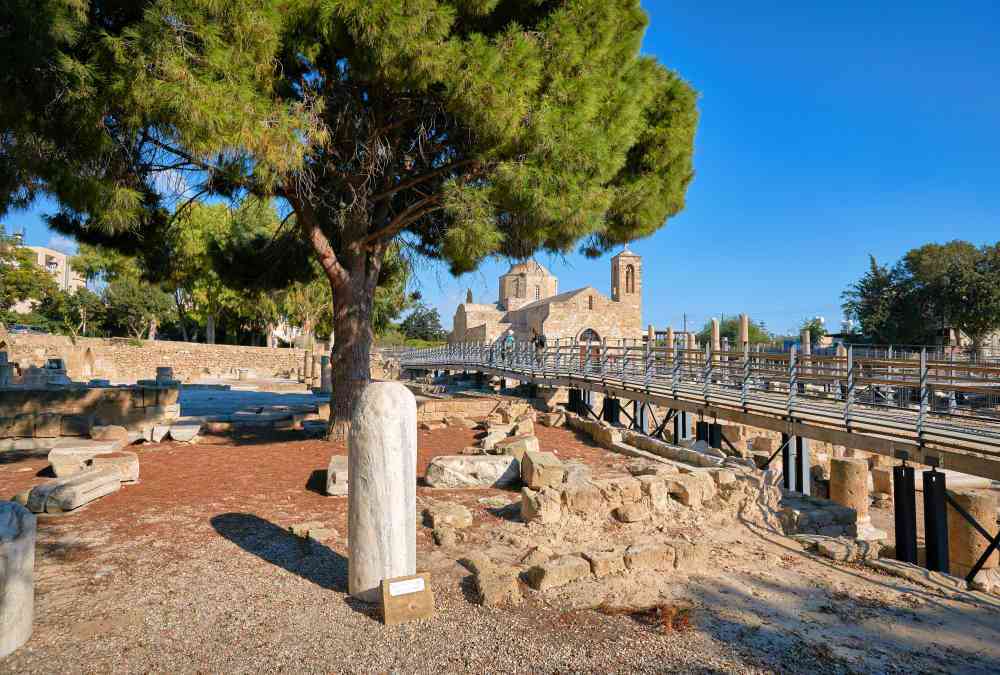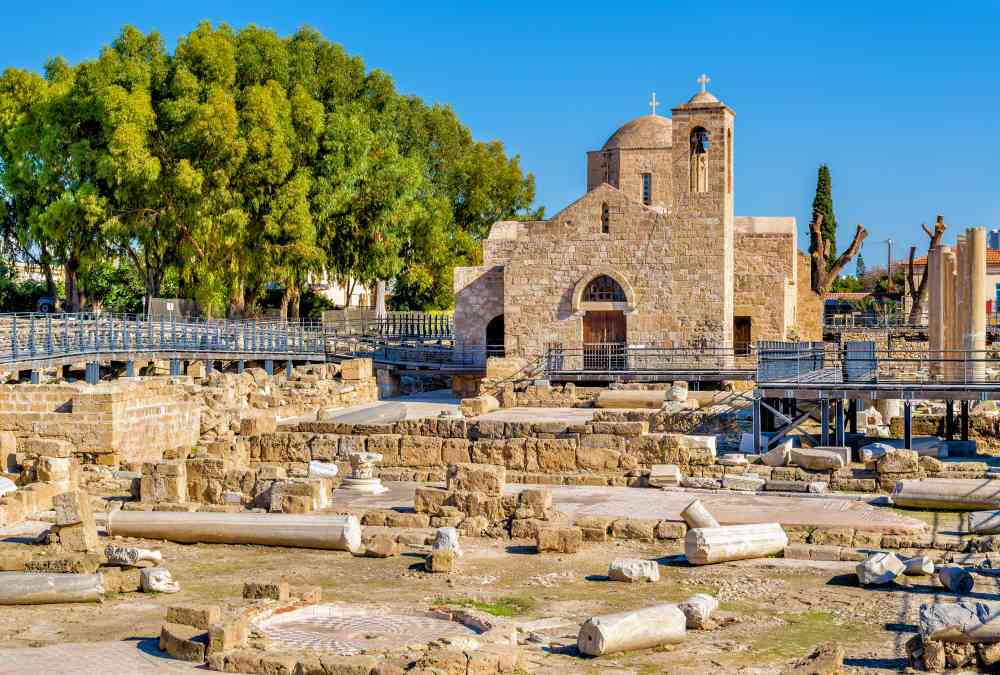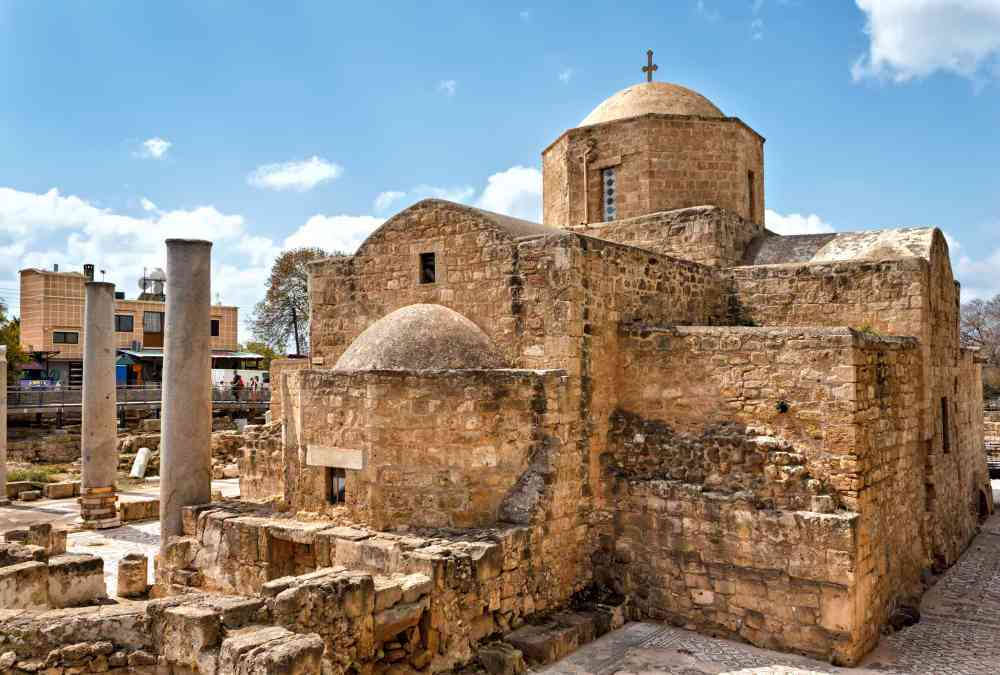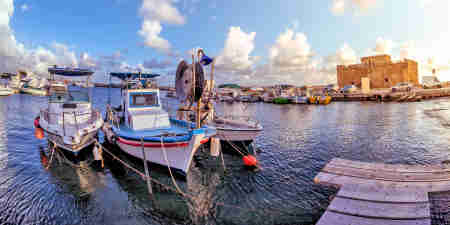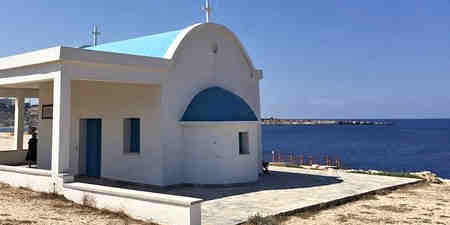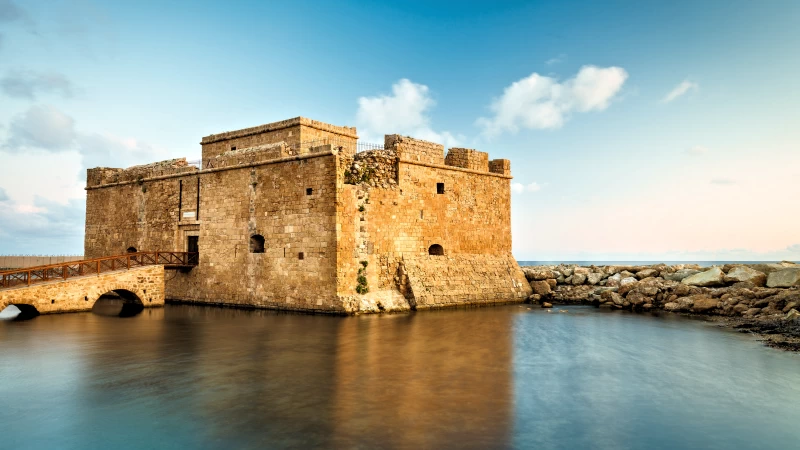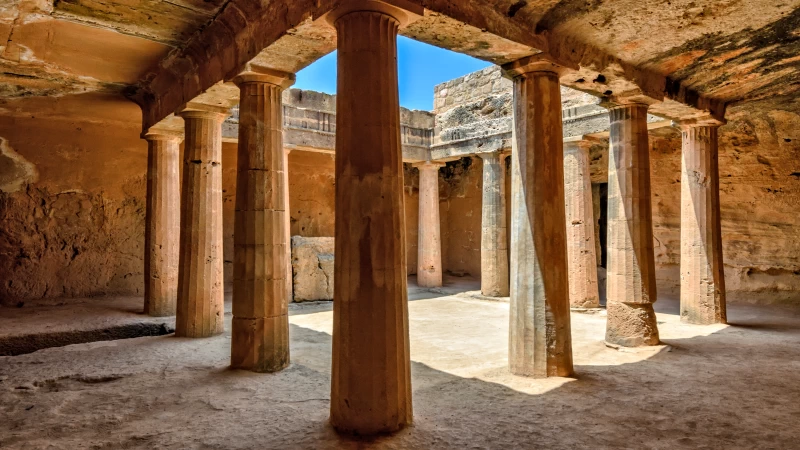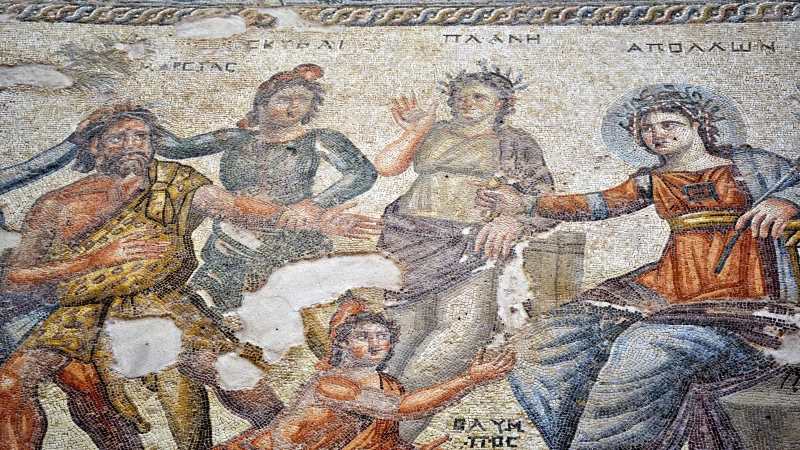St Pauls Pilar
St. Paul’s Pillar stands next to the ruins of Panagia Chrysopolitissa, a monumental basilica at its time. It is said that the Roman Governor Sergius Paulus ordered the saint to be tied to one of the columns that now lie in the close proximity to the ancient basilica and flogged for preaching Christianity. The column still stands marked by an inscription in stone.
Here’s Why You Should Visit St. Paul’s Pillar
St. Paul’s Pillar is unremarkable in size, shape, and form. Plus, there’s no historical evidence that the saint was actually whipped here. But the oral tradition turned this stone post into a popular attraction, and the delightful location, within the city of Kato Paphos, makes it a must-see landmark in this part of Cyprus. This quote from 2 Corinthians 11:24 may refer to the event that allegedly happened at the site of what’s today identified as St. Paul’s Pillar:
“24: Five times I received from the Jews the forty lashes minus one.”
St. Paul’s Pillar is not the only thing you will see here. The column lies near the church of Agia Kyriaki, Panagia Chrysopolitissa, and the Gothic Church. The church of Agia Kyriaki is today used by the Anglicans, while the other two monuments lie in ruin. Yet, the place attracts pilgrims and visitors with its archaic appeal.
At its time, about the fourth century AD, Panagia Chrysopolitissa was the largest Christian basilica on the island, an imposing shrine decorated with mosaics, sustained by granite and marble columns with Corinthian-styled capitals. Unfortunately, the basilica was destroyed during the Arab invasion of 653 AD.
It’s not very easy to distinguish the ruins of the basilica from the ruins of the Gothic Church, which was built around 1300 AD. This religious landmark was converted into a mosque during the Ottoman occupation. It had a longer life than the basilica, standing on solid ground until the 16th century when it was eventually destroyed.
The Agia Kyriaki Church was spared demolition during the Ottoman rule. Today, visitors know it under four different names: Agia Kyriaki (St. Kyriaki), Panagia Chrysopolitissa (Our Lady of the Golden City), the Church at St. Paul’s Pillar, and St. Paul’s Catholic Church. Regardless how you choose to call it, you will enjoy your visit. The church honors its namesake saint on July 7th every year.
Read More
Read Less
